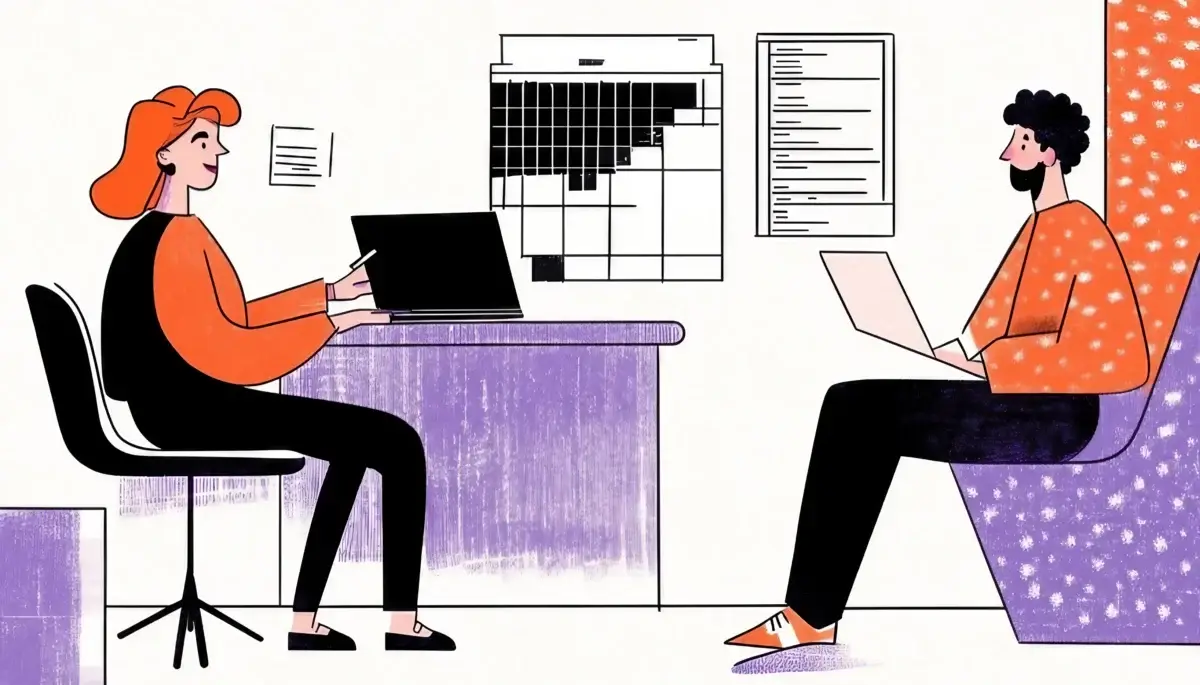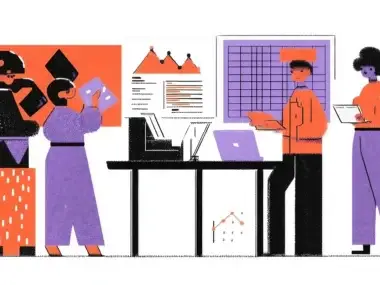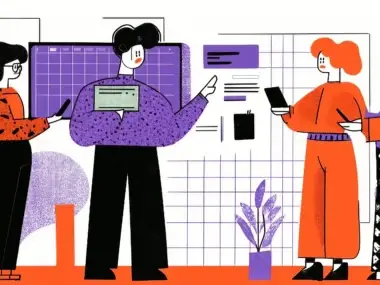Why User Interviews Matter
Interviews are like sitting down for a private talk over coffee, when the user and their experiences, ideas, and feelings take front stage. When done well, interviews let you enter the user’s world and expose their objectives, frustrations, motives, and even workarounds they developed to cope with product constraints. Imagine chatting with someone who regularly manages their workouts using a fitness app. They may share with you throughout the interview the motivating aspects they enjoy or, more importantly, the conflicts they find preventing them from reaching their exercise objectives. These actual, raw insights provide a more profound knowledge of the person behind the customer data than what survey questions or analytics can record.
One of the great features of interviews is that they allow participants to discuss unanticipated specifics. Say, for example, you are interviewing parents about instructional software for their children. You may find that parents are reluctant to let their children use the app even if it is interesting because of screen time issues. Though they are difficult to capture in other research designs, these insights regarding context—such as family values, daily routines, and underlying concerns—are crucial for building goods that really appeal.
Conducting Effective User Interviews
A good user interview is more of an artistic than a mechanical procedure. These strategies will enable one to maximize this qualitative approach.
Ask Open-Ended Questions
Start by posing questions that encourage consumers to share tales. Rather than asking, “Do you like the product?” try, “Can you tell me about the last time you used the product?” The later invites users to remember particular events, therefore highlighting aspects they might otherwise ignore. Open-ended inquiries foster a climate in which users feel motivated to offer more than just basic responses, therefore helping to unearth underlying needs or issues.
Use Follow-Up Questions to Dig Deeper
Don’t immediately move on if a user says they were “a little confused” by a certain function. Ask, “Could you explain what was confusing about it?” Then, “How did you work around that?” These follow-up questions expose the reasoning behind their behavior, therefore clarifying your view of the areas where the product needs development. For example, a user might say they couldn’t locate a particular feature since it was buried in a submenu, thereby providing a clear space for design enhancement.
Embrace Silence
Although this seems contradictory, occasionally the best approach to learn more is to say nothing whatsoever. Fight the urge to jump in with your next question when a user pauses. Although silence can be awkward, users often fill it by expanding on their earlier remark and providing insights going beyond their first reply. Should a user pause after outlining a feature they disliked, the question could encourage them to consider further, perhaps exposing other issues or annoyances.
Use Non-Leading Questions
One should not guide the user toward a particular response. Instead of asking, “Did you find it easy to navigate?” Try, “How did you find negotiating the app?” Since your expectations have no effect on the user, this little adjustment really helps to depict their objective experience. They might, for instance, react with unexpected insights on elements of navigation you hadn’t expected, such as problems with button size on a mobile interface or uncertainty about icon meanings.
Observe Non-Verbal Cues
Occasionally a user’s silence is just as significant as their words. Nonverbal indicators that indicate a point of annoyance or uncertainty include pauses, sighs, or a perplexed look. If you see these signals, carefully probe those feelings more closely with follow-up inquiries. If a consumer grumbles about a checkout system, for instance, it could be a chance to inquire, “I observed that section appeared a bit frustrating. Could you please lead me through what didn’t work for you?

When to Choose Interviews
When you require comprehensive, complex insights and when knowing the “why” behind user behaviors is more important than merely knowing “what,” interviews are perfect. For exploratory research—that is, when you are planning a new feature or product and must know how it might fit into consumers’ daily lives—they are especially helpful.
Imagine, for instance, that you are developing a new mental wellness app with customized routines to assist consumers in stress management. Surveys or analytics might not be able to fully portray the reality since stress is personal and is different for everyone. Rather, by means of a wide set of users, you can learn about particular stress management circumstances, triggers, and practices that affect the mental wellness path of every user. Maybe one person uses frequent meditation to help with stress, but finds the guided meditation tool of the app overly scripted or long. Another user might say they want bite-sized, on-the-job material. Such thorough, intimate insights will enable you to customize features to fit individual demands.
When you want comments on a new or sophisticated feature, interviews also shine. Imagine you are creating a multi-step checkout system for a web market. Although statistics could show you the number of users that drop off at every level, interviews with individuals who abandoned their carts can reveal the particular friction points driving them to stop. They can bring up surprising costs, difficult form fields, or insufficient payment choices. This qualitative input will help you to direct focused design enhancements based on actual user experiences.
Interviews close the distance between the product team and the end user by providing a window into the world of the user, therefore enabling accurate and sympathetic design. And when you pay close attention, users sometimes offer insights that might affect not only one capability but the whole user experience.








